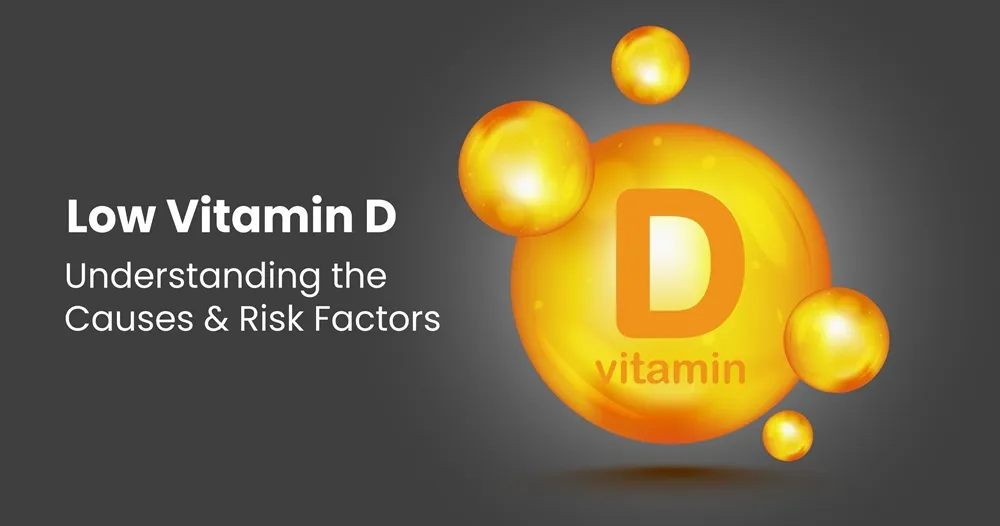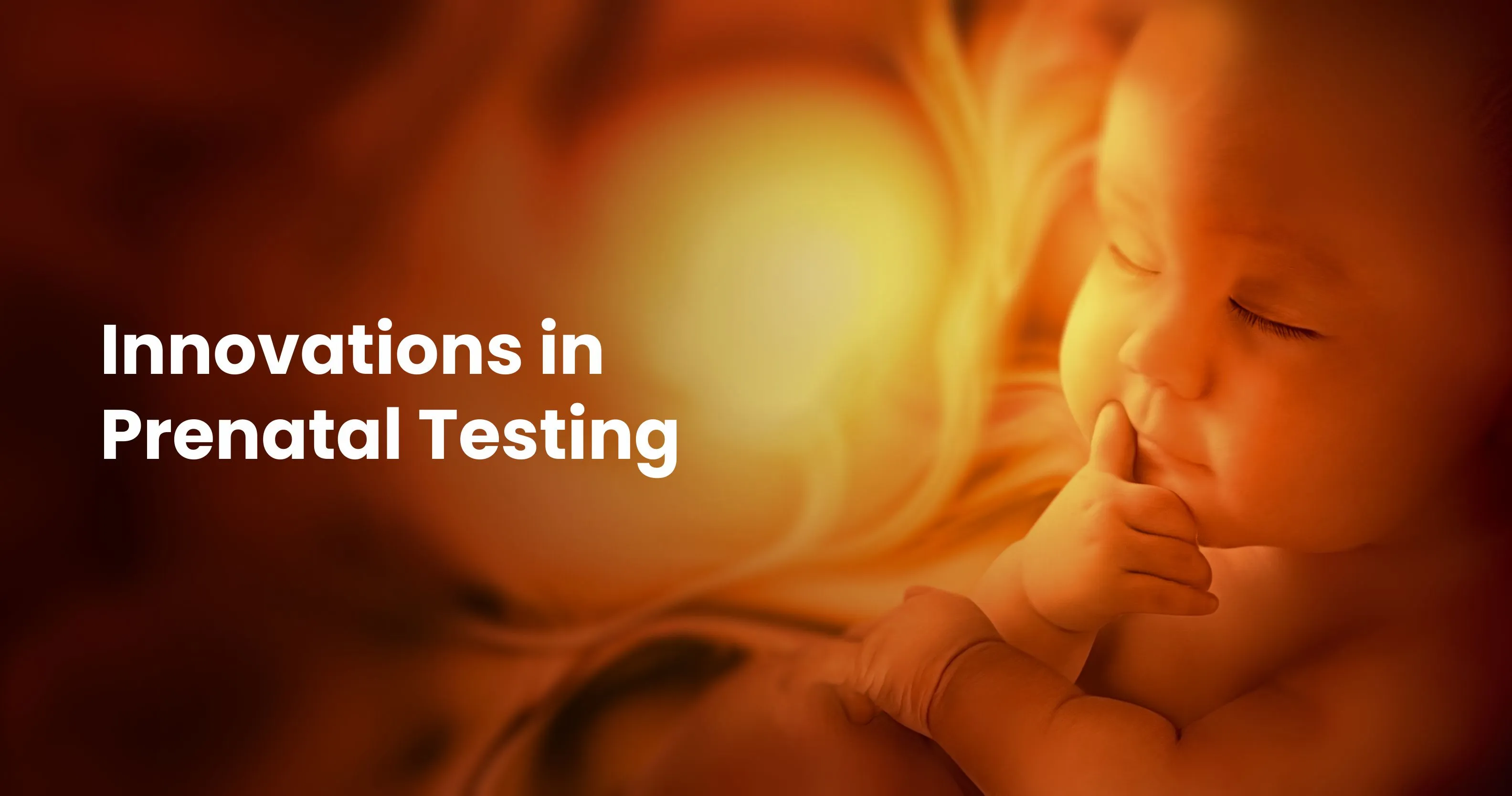What Are the Possible Factors That Can Lead to Blood Clots?
Jun 03, 2020
Blood clots are formed as a normal function of blood cells to repair injured blood vessels. The problem arises when these blood clots in an artery or vein act as an obstacle to prevent the blood flow through blood vessels. One should always make it a point to run a few diagnostic tests as a preventative health check measure, to detect blood clots.
Blood clots that warrant and medical intervention
Blood clots are formed inside the little veins close to the exterior of the skin (also known as superficial phlebitis). This results in localized pain, swelling and redness in the area. The condition can be addressed with minimal treatment. The issue crops up when blood clots form inside the bigger, deeper veins, causing a condition known as deep vein thrombosis. Such a condition can manifest in the form of serious problems, especially in the affected area, like the leg.
Blood clots can also cause damage to other parts of the body, by breaking away from the original source, for instance, there is a condition called pulmonary embolism in which blood clots move to the lungs. The symptoms of pulmonary embolism include shortness of breath, chest pain, blood stained sputum, leg pain or swelling in the calf area, excessive sweating, and irregular heartbeats.
Stroke is caused by blood clots that originate in the chambers of the heart, due to atrial fibrillation (irregular heart rhythm) and travel all the way to the brain. Blood clots formed in the arteries of the heart, may hinder the blood flow and cause a heart attack.
formed in the arteries of the heart, may hinder the blood flow and cause a heart attack.
 formed in the arteries of the heart, may hinder the blood flow and cause a heart attack.
formed in the arteries of the heart, may hinder the blood flow and cause a heart attack.The most common place in the body for a blood clot to occur is the lower leg. The symptoms that occur including swelling, pain, bluish discoloration, tenderness, etc; depend on the size of the clot. If the clot is small, there will not be any symptoms. If the clot is large, then the entire leg can become swollen. Though blood clots can manifest on both legs at one time, the chances of the blood clot augments if the symptoms are localized to one leg.
Factors that cause blood clots
Here are factors that cause blood clots
- Age (above 65 years of age)
- Deep Vein Thrombosis
- Arteriosclerosis
- Heart problems (attack, failure, and arrhythmias)
- Family history of people with blood clots
- Peripheral artery desire
- Polycythaemia vera
- Antiphospholipid syndrome
- Pulmonary embolism
- Factor V Leiden
- Pregnancy
- Sedentary lifestyle (for instance, if you are sitting for more than 4 hours at a stretch)
- Smoking
- Obesity
- Intake of medications like hormone therapy drugs and oral contraceptives.
- Surgery
Pathology services for detecting blood clot problems
Your doctor may ask you do certain diagnostic tests to understand the reason for blood clotting in detail, to arrive at a particular mode of effective treatment. For instance, the D-dimer test along with other lab tests can be used to diagnose problems like deep vein thrombosis, pulmonary embolism; etc.
Health checks for blood clot problems
You may need to get a health check done if you experience the following symptoms –
- Fast heartbeats
- Shortness of breath
- Pain around the shoulder, jaw, arm or back
- Difficulty while speaking
- Sudden eyesight issues – decreased eyesight, blurriness or double vision.
- Pressure and pinching pain in the middle of the chest, that lasts for a few minutes.
- Numbness and weakness in the leg, arm or face.
Your doctor may ask you to go for a health check if there is a pain, redness, swelling or numbness in the arm or leg. It should be borne in mind that nearly 50 percent of blood clot cases do not exhibit any symptoms.
Diagnostic services like non-invasive ultrasounds to examine your veins, and blood tests can be largely helpful in detection. Contact your diagnostic center for more tests that helpful in detection of blood clots.
Related Blog Post
Blog Categories
- Child Health
- Mens Health
- Women's Health
- Mental Health
- Health Myths & Facts
- Fitness
- Nutrition/Recipes
- Remedies
- Weight Management
- Stress Management
- Health Supplements
- Addiction Management
- Disease Management
- Allergy
- Anemia
- Arthritis
- Asthma
- Autoimmune Diseases
- Blood Pressure
- Cancer
- Deficiencies
- Dengue/Malaria/Chikungunya
- Diabetes
- Eye Problems
- Heart Diseases
- Hepatitis
- HIV/AIDS/STD
- Hormonal Imbalance
- Infection/Flu/Viral
- Kidney
- Liver
- Menstrual Problems
- Pregnancy
- Skin & Hair Problems
- Stomach Ailments
- Thyroid
- Others
- Health Checkups
- Diagnostics/Pathology
- Lifestyle & Wellness
- Covid
- Medical Tests
- Cholesterol
- Health Tips
- Parent Care/Old Age
- Lungs
- Food Intolerance







